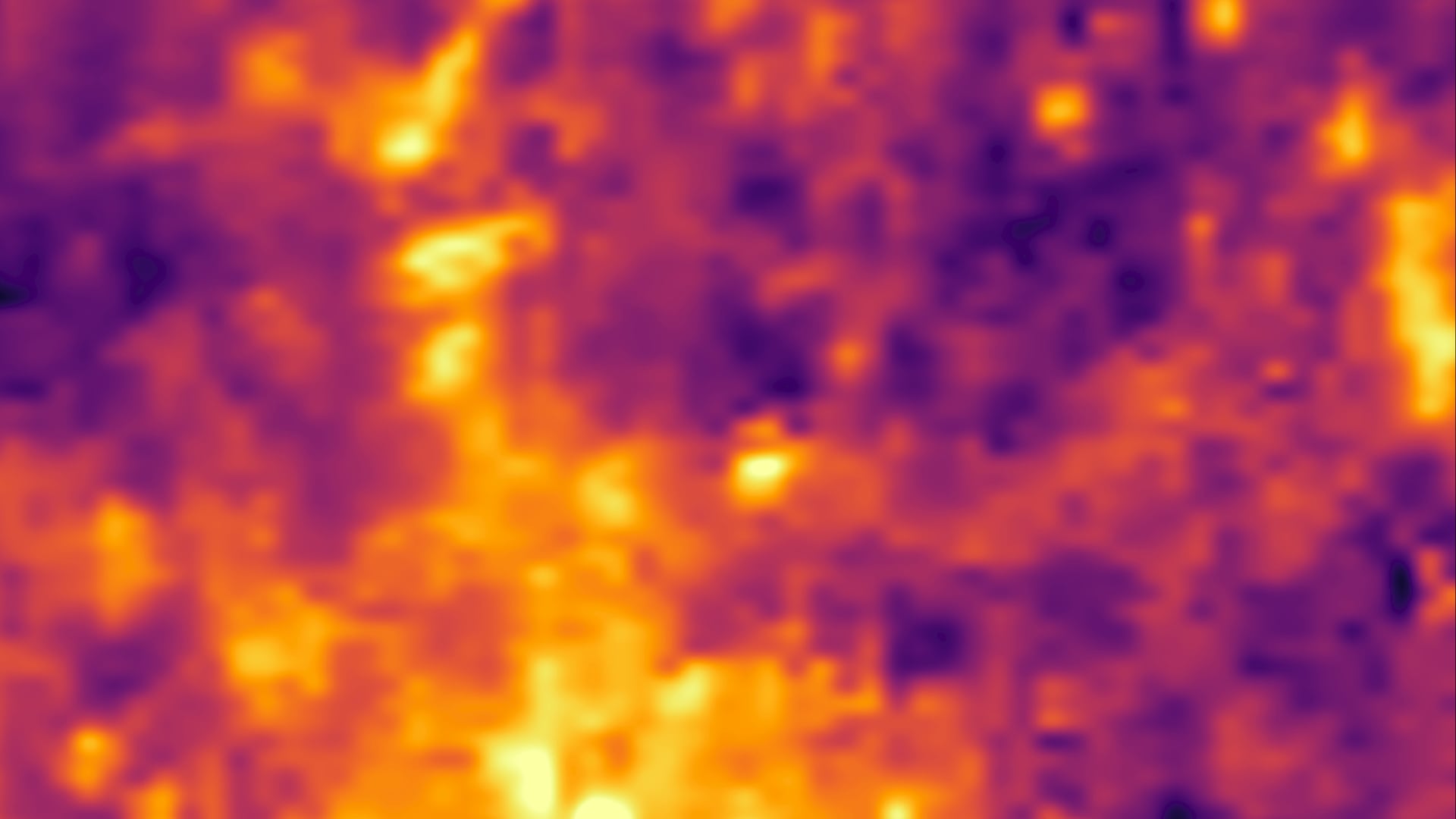
Quantifying Changes in Urban Albedo with NASA Earth Observations to Reduce Urban Heat Island Effect in Cambridge, Massachusetts
The urban heat island (UHI) effect occurs when urban areas have temperatures that are warmer on average than the surrounding suburban and rural regions. Low albedo surfaces traditionally found in urban landscapes, such as dark asphalt and rooftops, absorb solar irradiance and reemit heat, which contributes to the UHI effect. Cambridge, Massachusetts, part of the Boston metropolitan area, expects severe impacts on human health, infrastructure, and local environmental features due to increasing urban heat. The Massachusetts – Boston NASA DEVELOP team partnered with the City of Cambridge Community Development Department and the American Geophysical Union’s Thriving Earth Exchange to inform ongoing planning and heat mitigation efforts. High Resolution Orthoimagery (HRO) and National Agriculture Imagery Program (NAIP) scenes were analyzed in conjunction with ancillary datasets to assess changes in rooftop albedo between 2008 and 2018. Aqua Moderate Resolution Imaging Spectroradiometer (MODIS) data were used to determine nighttime land surface temperature (LST) between 2003 and 2019. Lastly, temperature anomalies were calculated using seasonally averaged nighttime LST values obtained from Aqua MODIS to display ‘hot spots’ for summers between 2004 and 2019. On average, albedo increased by 0.12 across the city, with the majority of positive change in commercial areas. Analysis of mean summer nighttime LST between 2003 and 2019 revealed a non-significant increase in temperature, although temperature anomaly maps demonstrated that Cambridge was warmer on average than rural areas. These results were incorporated in the interactive Cambridge Urban Heat Dashboard, which allows users to explore temporal trends in albedo.
- Location
- Massachusetts - Boston
- Term
- Summer 2020
- Partner(s)
- City of Cambridge, Community Development Department
American Geophysical Union, Thriving Earth Exchange - NASA Earth Observations
- Aqua MODIS
- Team
- Nicole Ramberg-Pihl (Project Lead)
Sophie Barrowman
Liam Bhajan
Olivia Cronin-Golomb - Advisor(s)
- Dr. Cedric Fichot (Boston University)
Dr. Medhi P. Heris (University of Colorado)
Dr. Kenton Ross (NASA Langley Research Center)